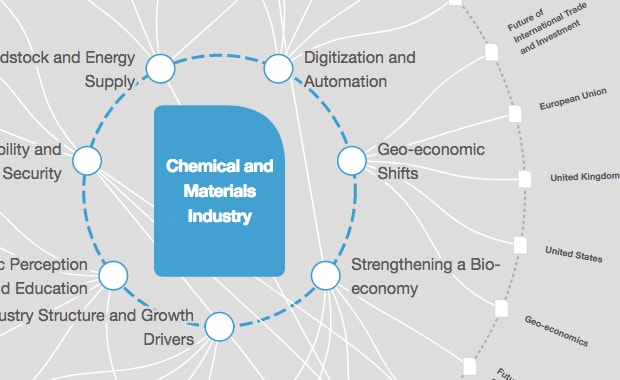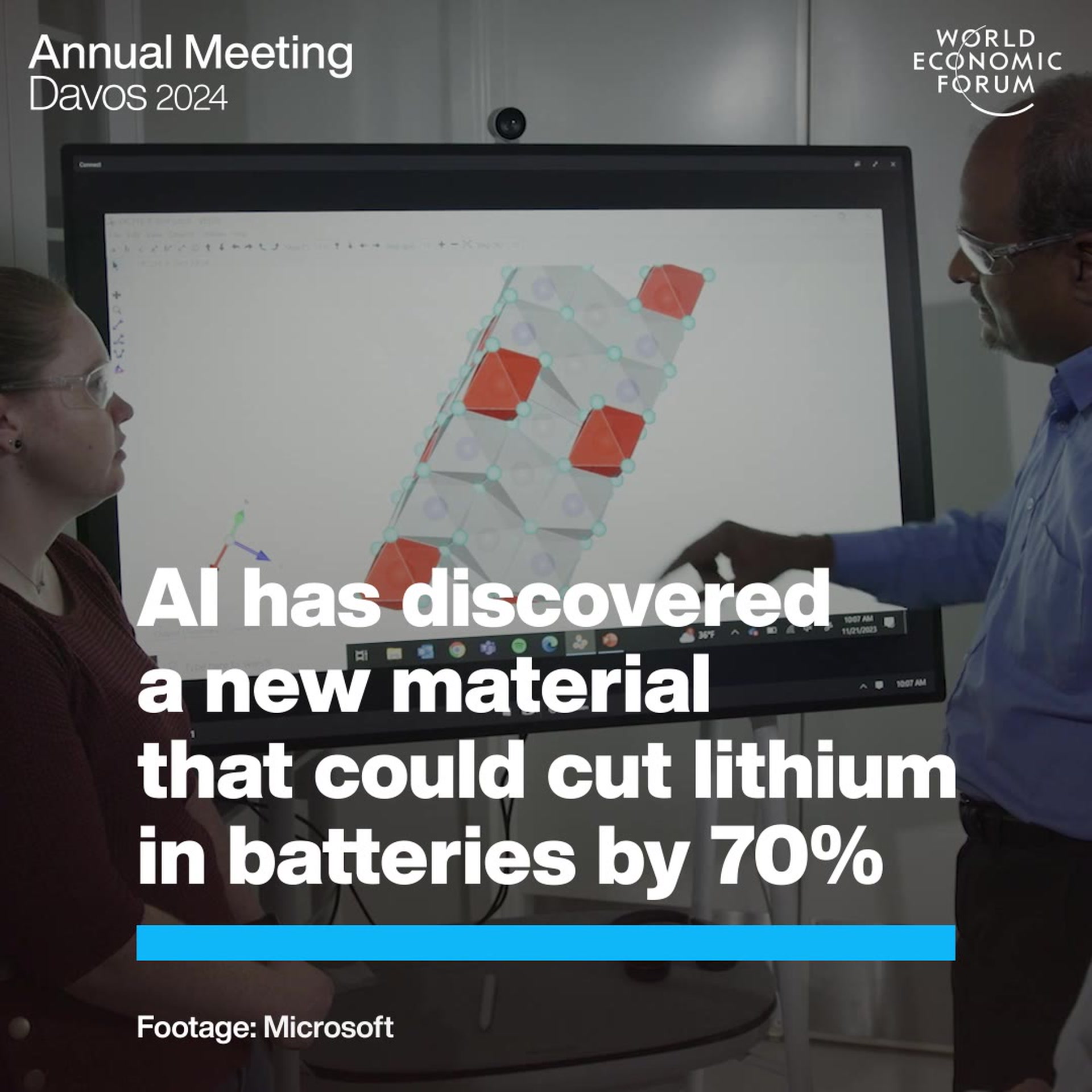Scientists have used MRI to change people's feelings

“Face recognition is a very important social function for people,” Image: REUTERS/Kim Kyung-Hoon

Get involved with our crowdsourced digital platform to deliver impact at scale
Stay up to date:
Chemical and Advanced Materials
Volunteers who started an experiment feeling neutral about certain faces ended up unknowingly adopting the feelings that scientists induced via an MRI feedback technique, say researchers.
The study in PLOS Biology therefore suggests that there is a single region of the brain where both positive and negative feelings for faces take shape.
The work also provides the second demonstration this year that the MRI technique can be used to train a mental process in an unknowing subject. This spring, the team used the same method to associate the perception of color with the context of a pattern so strongly that volunteers saw the color when cued by the pattern, even if the color wasn’t really there.
In the new study, the researchers sought to determine whether they could direct feelings about faces—a more sophisticated brain function that is closer to their eventual goal, which is to develop the technique to the point where it could become a tool for psychological therapy, for instance for anxiety.
“Face recognition is a very important social function for people,” says coauthor Takeo Watanabe, professor of cognitive and linguistic sciences at Brown University. “Facial recognition is associated with people’s emotions.”

Decoded neurofeedback
The technique, which the researchers call “DecNef,” for decoded neurofeedback, starts with detecting and analyzing the specific activity patterns in a brain region that correspond to a mental state. For example, at the beginning of the new study, while 24 volunteers saw hundreds of faces and rated their sentiments about each of them (on a scale of 1 for dislike to 10 for like, with 5 for neutral), the researchers used MRI to record the patterns of activity in a brain region called the cingulate cortex.
That step alone was fairly conventional neuroscience except that many scientists believe that positive or negative feelings about faces are formulated in separate brain regions. But this team of four researchers at Brown University and the Advanced Telecommunications Research Institute International in Kyoto, Japan, wanted to test whether the cingulate cortex handles both sides of the emotion.
Sure enough, the researchers’ software, called a decoder, was able to analyze the recordings to identify reliable and distinct patterns in each volunteer’s cingulate cortex associated with positive and negative feelings about faces.
“We found that the cingulate cortex seems to handle both opposing directions with different activity patterns,” says coauthor Yuka Sasaki, associate professor (research) of cognitive, linguistic, and psychological sciences at Brown.
With these signature patterns established for each volunteer, the participants were then unknowingly divided into two groups of 12—either positive or negative—and were called back in for a few days of additional research in the MRI machine. In this phase the subjects were shown a subset of the faces they rated as neutral and were then asked to perform a seemingly unrelated task: After seeing each face on the screen, they were then shown a disk and asked to somehow use their minds to try to make it appear as big as possible. The bigger they could make the disk, they were told, the more of a small monetary reward they could receive.
In reality, the tasks weren’t unrelated. Participants didn’t know this at the time, but the only way the disk would grow was when the MRI readings showed that they happened (for whatever reason) to produce their signature patterns of positive or negative feelings about faces in their cingulate cortex. In other words, the experiment rewarded volunteers in the positive group with a larger disk when they produced the pattern associated with liking the faces after seeing a previously neutral one. Similarly, the experiment rewarded volunteers in the negative group with a growing disk the more they happened to produce the pattern associated with dislike after seeing a neutral one.
In essence, DecNef aims to train people to produce specific feelings or perceptions in specific contexts by rewarding those moments when they unknowingly do so.
A third group of six other participants was used as a control group. They saw faces and rated them, but were not given the DecNef step of having to enlarge a disk in association with the activation patterns that represent positive or negative feelings.
Finally, all the participants were asked again about their feelings regarding the initially neutral faces.
Induced feelings
Results from the paper show that facial preferences changed after “induction” by small but significant amounts. The higher preference group’s ratings increased and the lower-preference group’s ratings decreased compared to controls.
When the researchers analyzed the results, they were able to make several key findings. On average, the positive group’s ratings of the neutral faces moved up mildly but significantly (by about 0.6 on the 1 to 10 scale), while the negative group’s ratings of the faces moved down a bit less but still significantly. Meanwhile the control group’s ratings didn’t change significantly at all.
“From all these results we conclude that association of originally neutrally rated faces with covert induction of activity patterns in the single brain region, the cingulate cortex, led to changes in facial preference specifically for those faces, and in a specific preference—positive or negative—direction,” the authors write in the study.
To be as certain as possible about the findings, they did a few more analyses. In post-experiment interviews, they asked the subjects whether they knew what was really going on—none did. Then the researchers explained what the experiment was really about and asked people to say whether they thought they were in the positive or negative group. People were no better than chance at saying which they were in. Together these results suggest that none of the experimental volunteers changed their preferences about neutral faces based on their own will or intention.
In another analysis, the researchers crunched the numbers to see if the degree of activity in the cingulate cortex during the disk-enlargement phase correlated with the degree of change in preferences. The results revealed a high correlation (0.78 out of 1). In other words, the amount of brain activity was proportional to the amount of induced feeling.
Could NecDef treat trauma?
While the induced changes in feeling were mild, the training took place over only a few days, the researchers noted. Training that occurs on the scale of weeks, as is often required for clinical therapies, might have induced stronger feelings.
But even a small effect could be beneficial for people if it blunts a persistently painful feeling associated with a certain trigger, Watanabe says.
“If someone develops a traumatic memory that makes him or her suffer, even a small reduction of the suffering would be helpful,” Watanabe says.
The researchers also say they are aware that there could be potential abuse or misuse of the technique—a kind of brainwashing—so it might be good if it proves at least somewhat limited in its effect.
Don't miss any update on this topic
Create a free account and access your personalized content collection with our latest publications and analyses.
License and Republishing
World Economic Forum articles may be republished in accordance with the Creative Commons Attribution-NonCommercial-NoDerivatives 4.0 International Public License, and in accordance with our Terms of Use.
The views expressed in this article are those of the author alone and not the World Economic Forum.
The Agenda Weekly
A weekly update of the most important issues driving the global agenda
You can unsubscribe at any time using the link in our emails. For more details, review our privacy policy.
More on Chemical and Advanced MaterialsSee all
Kate Whiting and Simon Torkington
February 22, 2024
Adam Rothman, Charlie Tan and Jorgen Sandstrom
January 30, 2024
Jemilah Mahmood, Douglas McCauley and Mauricio Cárdenas
January 15, 2024
Ronald Haddock
January 4, 2024
Lee Jongku and Rafael Cayuela
January 4, 2024






